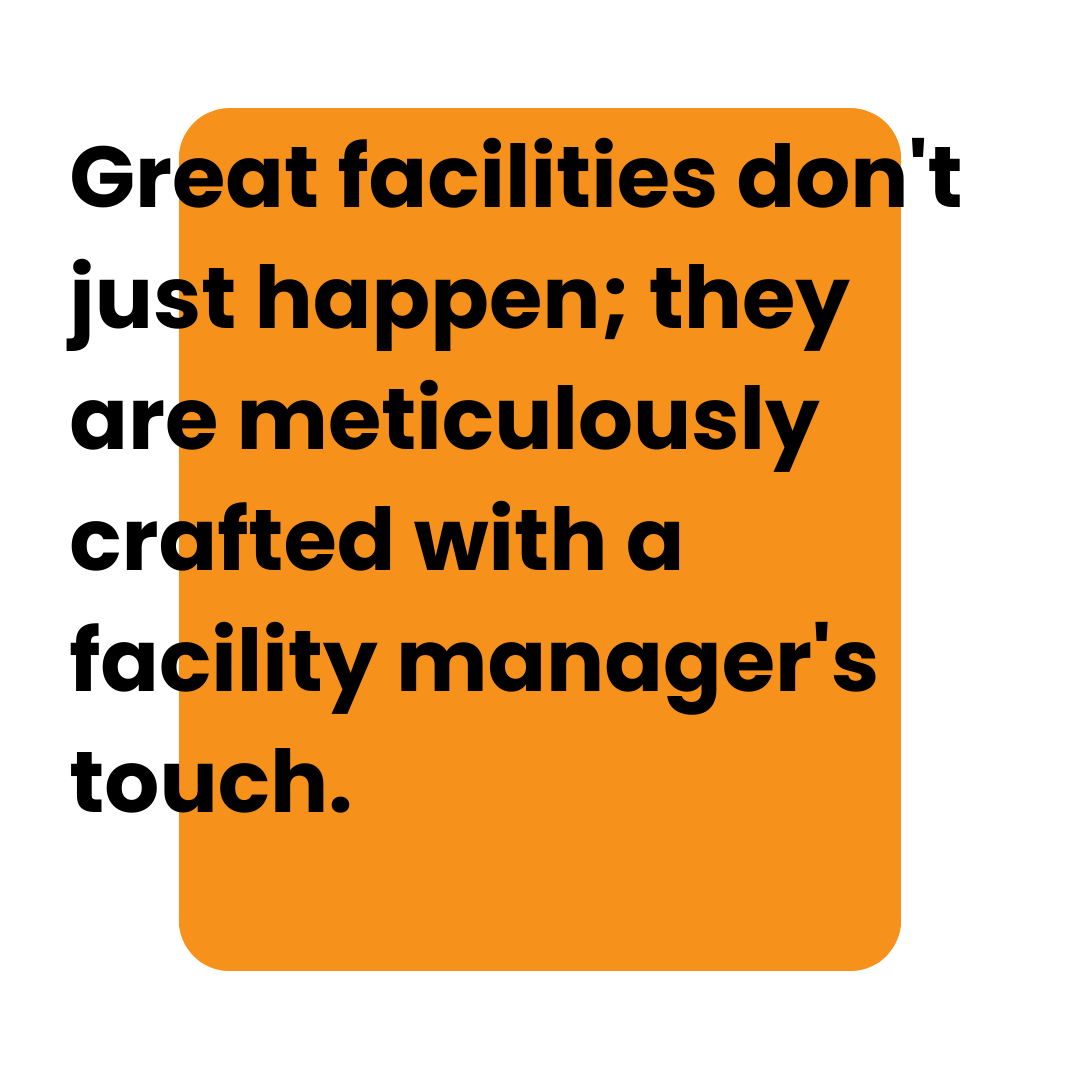
10 Crucial Reasons to Involve Facility Managers Throughout the Design and Construction of a New Build
The process of designing and constructing a new facility is a complex, multifaceted endeavour. It’s an investment meant to stand the test of time, so it’s imperative to ensure that it not only meets the immediate needs but is also efficient, sustainable, and future-proofed. In this article, we will delve into the 10 crucial reasons why involving facility managers from the inception of the project, during the design and construction stages, and throughout its lifecycle is an invaluable practice.
- User-Centred Design: Facility managers have a deep understanding of the daily operations within a facility. Their insights are invaluable in creating a space that not only looks good on paper but functions optimally, putting the needs of occupants at the forefront.
- Cost-Efficiency: Early collaboration with facility managers can prevent costly alterations later in the project. Their expertise helps in identifying potential issues early, resulting in cost-effective design changes.
- Sustainability: Facility managers can contribute their knowledge of green and sustainable building practices, ensuring the facility aligns with environmental standards and minimises long-term operational costs.
- Maintenance Considerations: Incorporating facility managers’ input into the design and construction stages leads to the selection of materials, finishes, and systems that are both durable and easy to maintain, ultimately reducing operational costs.
- Regulatory Compliance: Facility managers possess in-depth knowledge of regulatory requirements. Their involvement ensures that the facility is designed and constructed to meet all necessary standards and avoid compliance issues.
- Futureproofing: Facility managers think long-term. Their insights aid in designing flexible spaces that can adapt to future changes, expansion, and technological advancements without extensive structural modifications.
- Energy Efficiency: By consulting facility managers, you can implement energy-efficient systems and designs that not only lower operational costs but also align with sustainability and corporate social responsibility goals.
- Technology Integration: Facility managers play a crucial role in integrating cutting-edge technology systems into the facility. This ensures that the infrastructure supports advanced systems and provides a seamless user experience.
- User Safety: From emergency exits to fire suppression systems, facility managers contribute to the safety of occupants by identifying and addressing potential hazards and safety requirements.
- Asset Management- being part of the process Facility Managers can obtain and start to build asset registers to create asset lifecycle plans to manage and improve asset performance and longevity.
Conclusion: Incorporating the input of facility managers throughout the design and construction of a new build is not only a best practice; it’s a necessity for creating a facility that is functional, cost-effective, and user centric. Their expertise in long-term planning, cost control, sustainability, and operational efficiency is an indispensable asset. By recognising the critical role of facility managers and involving them from the project’s inception and throughout its entire lifecycle, you can be confident that your new build will not only meet current needs but also stand as a testament to sound facility management practices for years to come.
Author
Charlie Bown
Ex Facility Manager, I feel your pain!

